Table of Contents
Guide to Hitchhiking
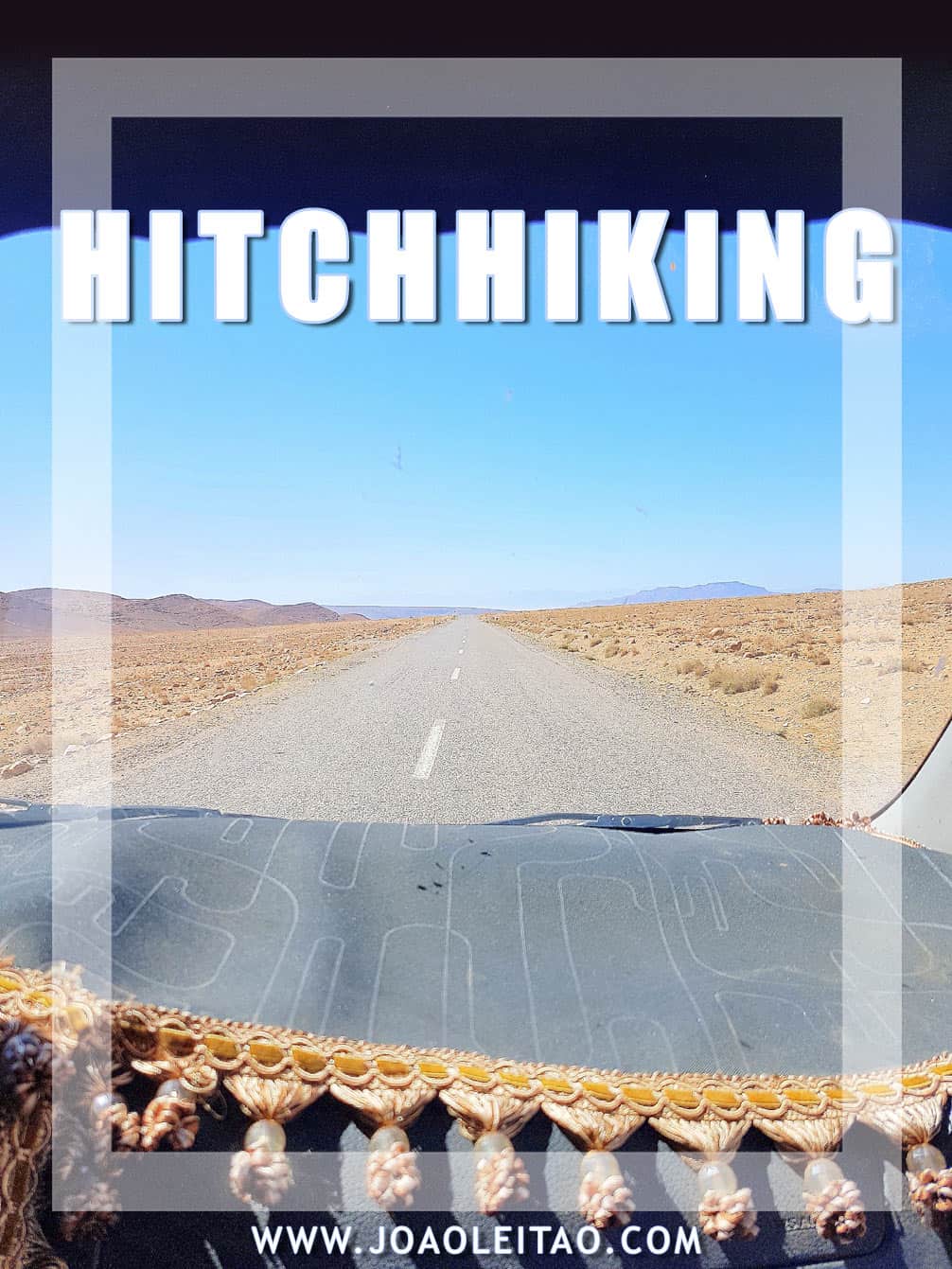
Generations of young people have been traveling the world for decades thanks to the goodwill of those who own a car. Hitchhiking became popular in Europe in the 1960s and 1970s, at the same time the hippie movement grew. Those were different times, before the culture of fearmongering we experience today.

But hitchhiking is still an option. Whether you’re going on a crazy adventure traveling across continents or just traveling Europe for a couple of days. In this article, we’ll see why hitchhiking is still a great way to travel and how we can get the best of it.
Countries where I hitchhiked:
- Brasil
- French Guyana
- India
- Iran
- United Arab Emirates
- Oman
- Switzerland
- Romania
- South Sudan
- Uganda
Advantages of Hitchhiking
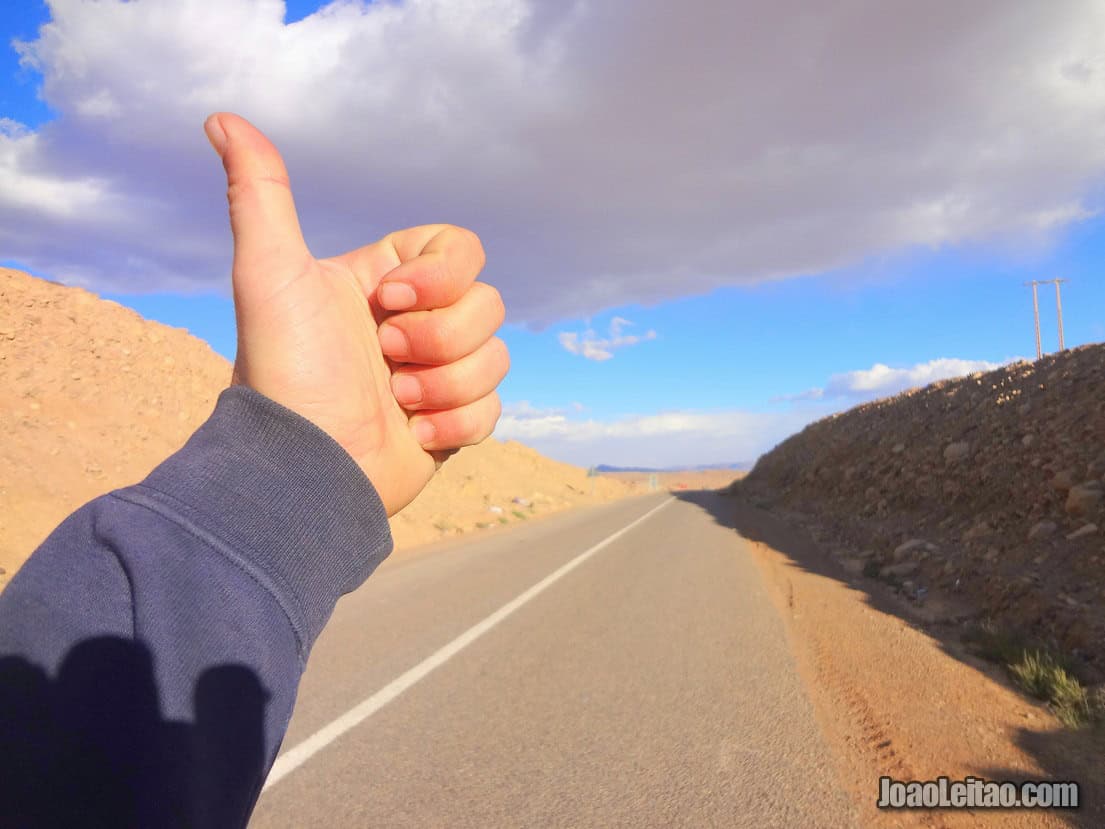
1. Saving Money
Saving money is the main advantage. That’s what appealed to the first modern travelers who hitchhiked, although in some parts of the world this activity is deeply embedded in the local culture.
2. Meeting People
Hitchhiking not only allows you to cover long and short distances for free, but it’s an exciting way to have meaningful experiences as any seasoned hitchhiker will vouch for. You’ll get to meet nice and not so nice people. You’ll hear stories and share feelings. There’ll be ups and downs. In short, you will live intensely.
3. Adventure Travel
When you’re hitchhiking your way through the world, you’ll never know how your day will end. Or your week. You might have planned to travel to Turkey, but suddenly you find yourself on the way to Finland. Just because you hopped on a truck driven by someone who fascinated you, who kept telling stories about their job, who said wonderful things about other stuff, who offered you a place to stay somewhere that has nothing to do with Turkey.
Tips for Successful Hitchhiking
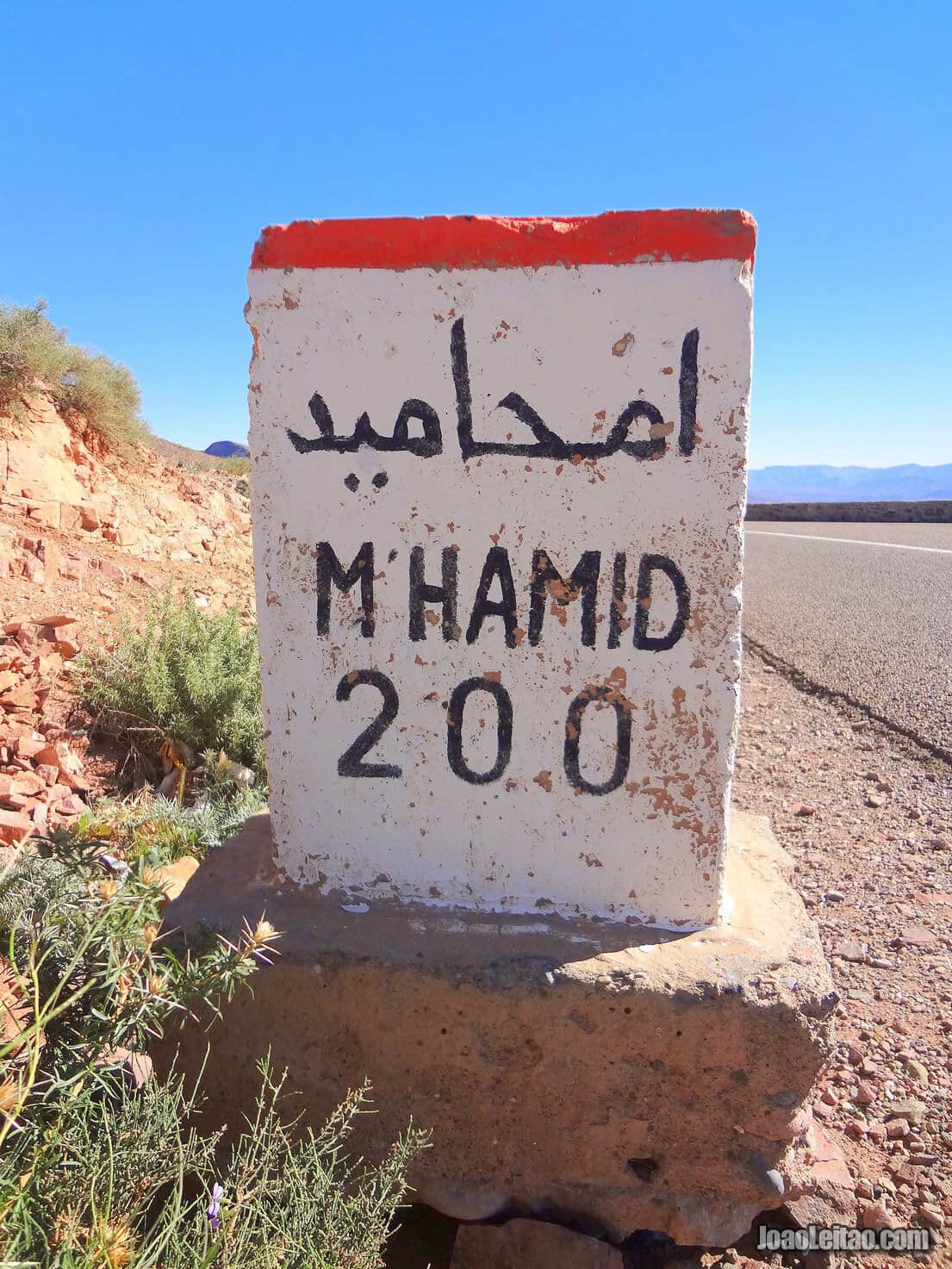
1. Pick a Good Spot
The spot where you hitchhike is essential and could mean the difference between waiting for hours or hitting the road within minutes.
Avoid places with a lot of local traffic, usually around highly populated areas where people commute to work. What you need as a traveler is the kind of traffic that’s clearly traveling long distance, and for that, you have to get out of the city. Look for points of access to larger roads or highways that don’t stop in too many towns between larger cities.
2. Pick a Busy Route
When you look in a map, the logical route between city A and city B, or your point of departure and your point of arrival, seems to be the road that shortens the distance. However, it’s best if you pick a busier route even if the gap is more significant. Remember that hitchhiking is all about the odds: the more cars driving by, the higher the chances to succeed. It’s better to take a bigger detour and come across many opportunities for hitchhiking, then the other way around.
3. Look for Gas Stations
If you’re social and feel like your personality is a powerful weapon, look for busy gas stations and talk to the people who stop there. That way, you can observe people and choose the ones that feel more trustworthy. Those usually are the people with the more potential to give you a ride: service vans, cars that look like they belong to travelers, trucks. Please note that some service vans are not allowed to pick up passengers, a restriction given by their employers or their insurance company.
On the other hand, if you’re crossing a border, remember that trucks are sometimes forced to wait for longer before entering a country. Account for that too.
In countries without significant law constraints, look for pickup trucks and ask to ride in the back. It will be easier to get a yes.
4. Give Space
It’s important that you choose a spot that gives enough space to the drivers approaching you. It’s not just a matter of road safety, but it’s to give them time to look at you, judge the situation and decide if they want to stop or not. If you don’t give drivers space, your odds for success will decrease.
5. Looks and Body Language
Forget what you know about yourself: that you’re a wonderful person, honest, trustworthy and all that. The important thing is that the driver approaching you has to decide what they think of you in a split second. And to let them know you’re okay, there are only two things that matter: how you look and your attitude.
So put on your best clothes, try to look clean and pay attention to all the details that could undermine the trust of a stranger.
Try to wear light clothes, they not only increase your chances of being seen, but they convey trust. Let go of those colorful, stylish pants or that black t-shirt with questionable slogans.
Some people believe you should clearly show you’re a traveler and not someone looking for adventure on the side of the road, so make sure you keep your backpack front and center.
Your body language and facial expressions are also important. Drivers will see them too and judge you based on that, in seconds. If you’re oozing positive vibes, the drivers will pick up on that. Smile and look straight into the eyes of the driver.
There’s at least one study that shows how eye contact improves the odds of hitchhiking. Don’t wear sunglasses and if you’re wearing a hat make sure it doesn’t cover your face. Mind the details: if drivers can see your hands, they’ll tend to trust you more.
Safety Tips while hitchhiking
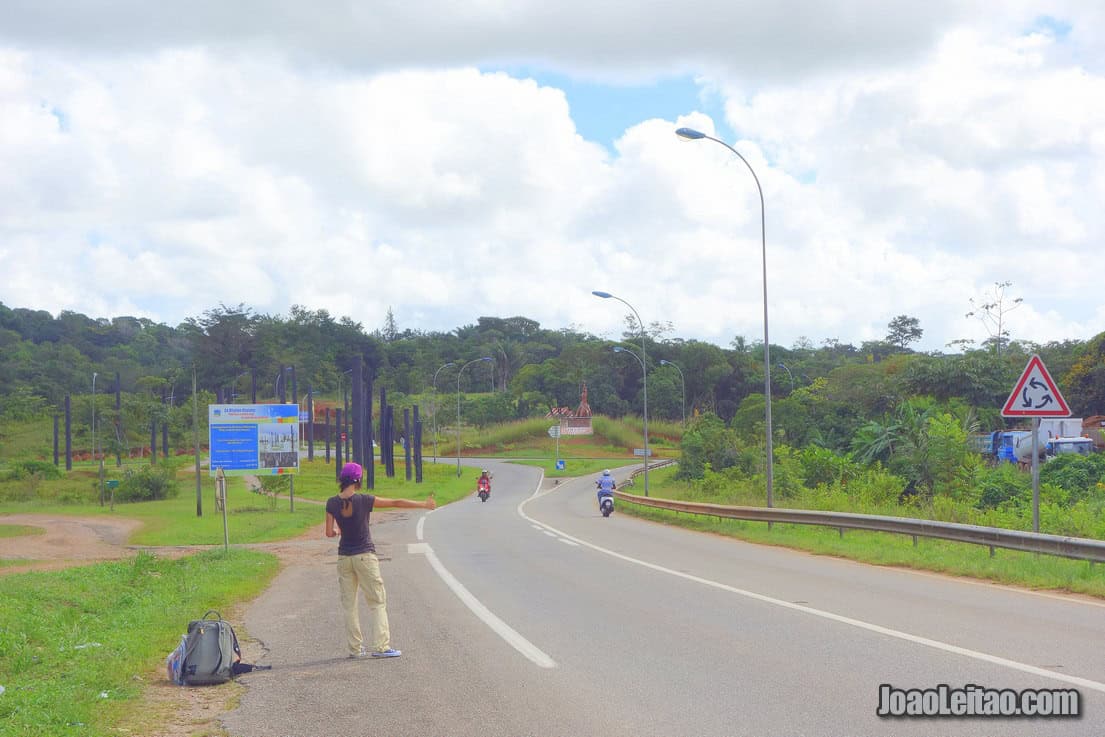
A lot of people, especially women, are afraid to hitchhike and being out alone. It can be frightening to hop inside a car or a truck with one or more strange men, in a foreign country with culture and habits that are unknown to us. But let’s take things slow and not be extreme. There’s a series of rules that you can follow to reduce the risks.
1. Only During the Day!
This is a key rule and not just for safety reasons. The night isn’t good for hitchhiking, for many reasons. Not only do we have trouble seeing who’s inside the vehicle, but the drivers have a hard time seeing us, and they tend to be more careful after sundown. Fewer cars on the road, extra careful drivers, weirder people behind the wheel, probably driving under the influence. It’s just not worth the trouble. After sunset, it’s best to call it a day and spend the night wherever you are.
What if you hitchhiked during the day and now it’s night time? Most of the previous concerns don’t apply, but you should be extra careful: pay attention to the driver’s route, avoid hopping off in areas that look sketchy, especially in large industrial areas in big cities. You don’t want to jump out of the frying pan into the fire.
2. Protection Tools
A lot of travelers consider carrying a weapon. Not necessarily a gun, of course, but they usually think about bringing a knife. Psychologically, it gives you a sense of comfort and safety, but I advise you not to do it. Picture that you’re carrying a knife and you misjudge a situation, you then show the knife in haste, and the situation escalates into something worse. Maybe a better solution would’ve been to resist or use strong words, but from the moment you show a weapon you’re opening a door you might not be able to close: a door to extreme violence.
Opt for traveling with a small can of pepper spray, a self-defense tool that’s not illegal in all countries. Whatever your choice, research the law of the country you’re visiting before you travel.
3. Research the Country
Before hitchhiking in a new country, research its quirks. In some cases, it might be illegal to hitchhike. Gather information about the acceptance rate of this activity and how safe it is. Also, keep in mind that it’s common to pay to hitchhike in several countries.
4. Laying Low
Anything that helps to not draw the attention of potentially dangerous people to yourself is a good idea. Don’t carry valuable items where people can see them and try not to attract the wrong kind of attention.
5. Don’t Travel Alone
If you’re not one hundred percent comfortable to hitchhike on your own, find a travel partner. It’s more complicated for some ill-intentioned person to go after two people (but it also may be harder to hitch a ride).
6. Common Sense
Common sense is highly subjective, but I think we can all agree it’s not wise to drink heavily inside the confined space of a car with people we don’t know.
Don’t hesitate to refuse a ride if you feel that the car occupants aren’t trustworthy. For that same reason, don’t use one of those signs with your destination written on it. Sending a text message with the plate numbers to someone you trust is also a good idea.
If you stop in the middle of the ride for gas or a meal, for example, keep your backpack with you at all times. If that’s not possible, at least keep an eye on the car and carry your valuable items with you.
It’s best not to fall asleep in a car with strangers, especially if you’re not 100% sure about them being respectful.
7. Road Safety
Although most of the hitchhiker’s fears are about the risks of people who don’t mean well, remember that roads and vehicles are potentially dangerous and that accidents happen frequently. Make sure you take all precautions possible. Try to walk facing the traffic direction and not with your back turned to it. Choose your hitchhiking spots wisely, considering visibility and needed space for cars to stop.
Inside the car, always wear a seatbelt and observe how your ride drives. If you don’t feel good about it, consider the if it’s best to look for another ride.
Carpooling
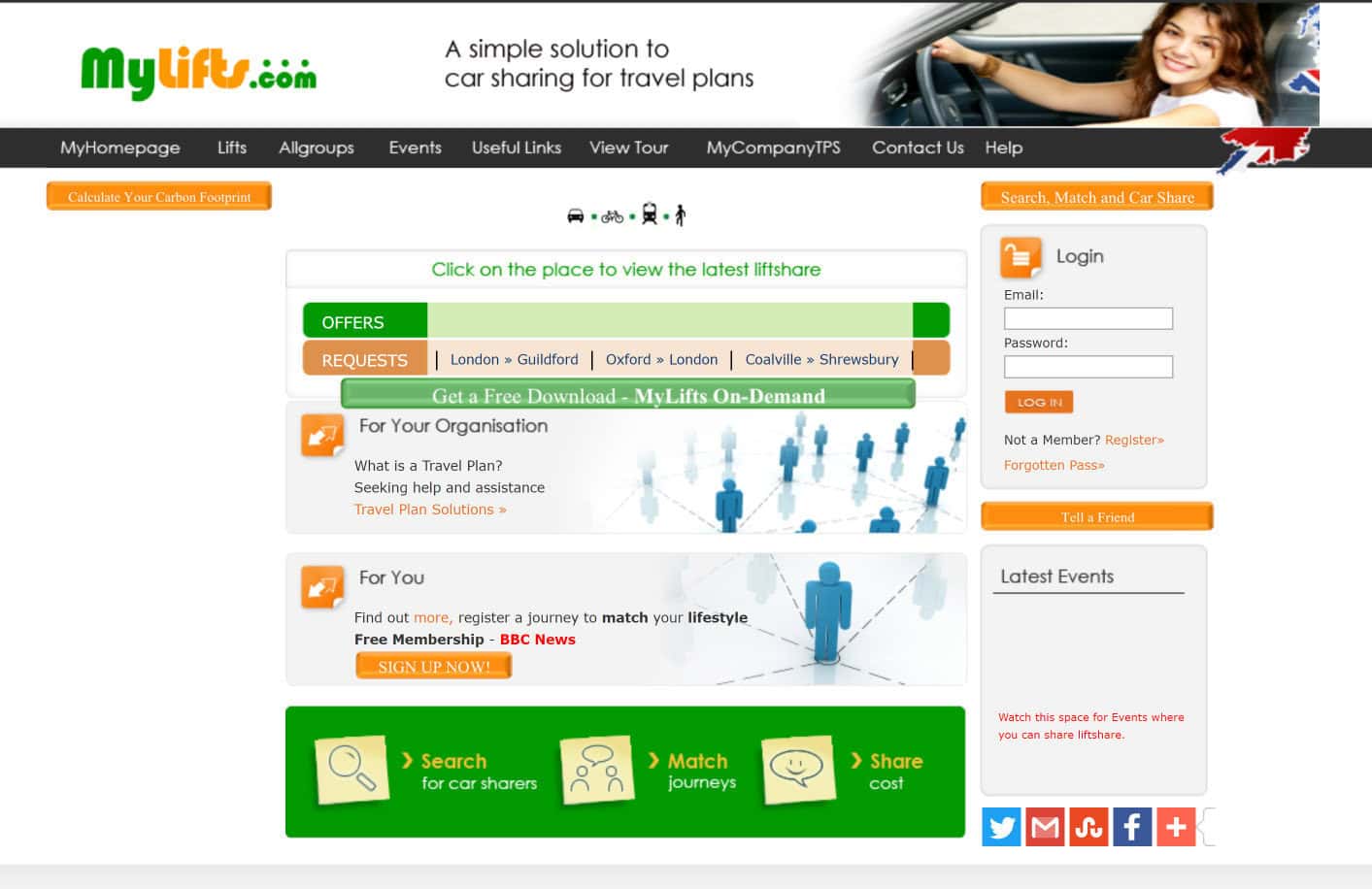
Some websites connect hitchhikers with lonely drivers who are looking for a road partner, like MyLifts and EuroLift.
You can also pay for this service, although it won’t be as cheap as a traditional hitchhike. However, you’ll still save money compared to what you’d spend on public transportation, especially in countries where it’s expensive like France or Italy. In the paid service, drivers take passengers who are willing to split the gas costs. The most popular website is Blablacar, available in many countries.


